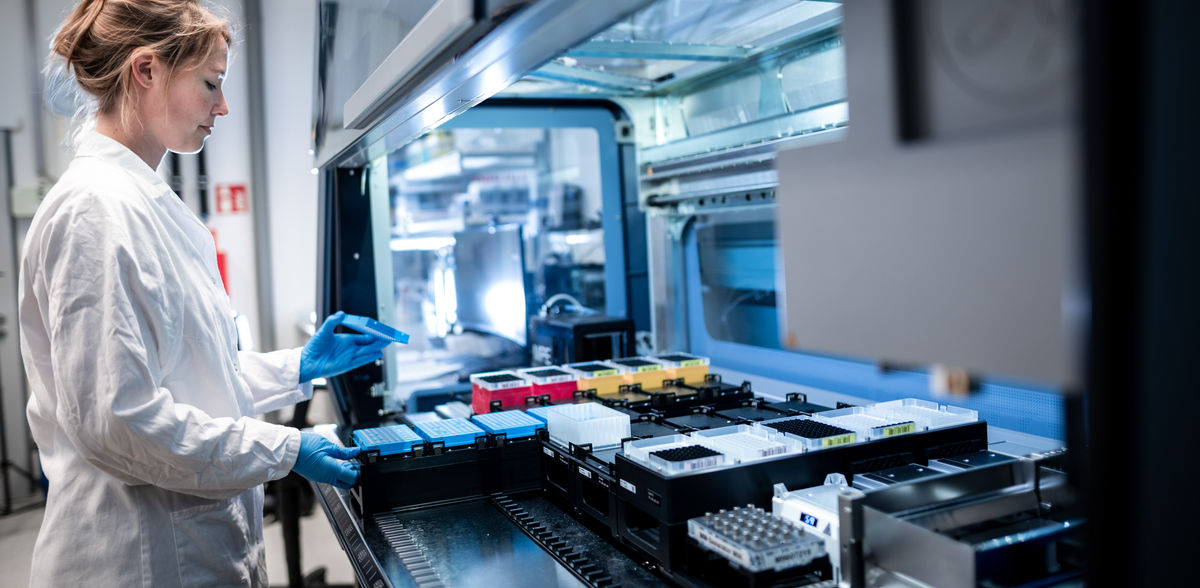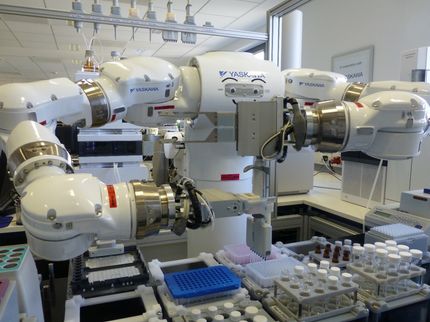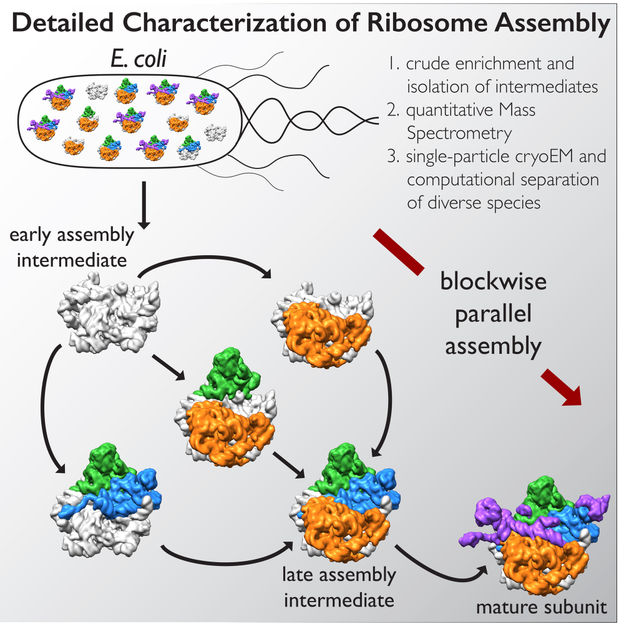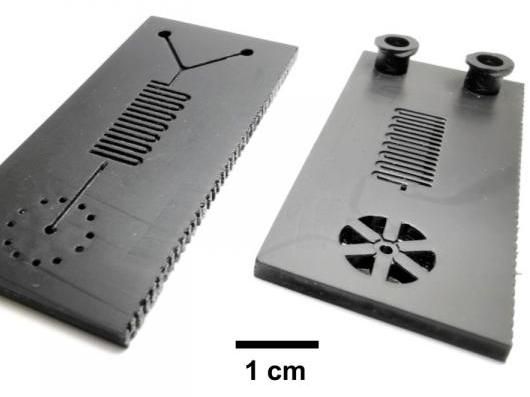Automated analysis of German insect diversity
DNA provides almost 32,000 species
Insect decline is not just an ecological problem, but also an economic one. But are entire species disappearing completely? Or are there fewer animals of each species? The automated laboratory workflow developed by UDE biologists provides answers.
How do you protect what you don't know? Global society has so far been faced with this unsolvable task in view of the worldwide decline in insects. Biologists from the University of Duisburg-Essen and the Senckenberg Gesellschaft für Naturforschung have now developed a cost-effective workflow with laboratory robots for the first time, which allows them to analyze almost 2,000 samples from Malaise traps* in parallel and almost in real time. The genetic information reveals which of the many thousands of species occur where and thus provides a basis for conservation measures. Molecular Ecology Resources reports.
The "Krefeld Study" reported a 75 percent decline in insects seven years ago, and urgently needed common goals for the conservation of biodiversity were set out in the Kunming-Montreal Global Biodiversity Framework in 2022. But will individual species disappear completely, or will the number of insects decrease regardless of species? Without appropriate answers, conservation measures remain vague at best.
The laboratory workflow for recording species diversity, developed by a team led by Dr. Dominik Buchner from the working group of Prof. Dr. Florian Leese at the University of Duisburg-Essen (UDE) together with the working group led by Prof. Dr. Peter Haase (UDE and Senckenberg Gesellschaft für Naturforschung), can change this: The basis is the Germany-wide long-term insect monitoring, which has been operated by the German Network for Ecosystem-based Long-term Research, LTER-D for short, in cooperation with the National Natural Landscapes (NNL) since 2019. In the first two years, around 100 employees ranging from assistants to professors have taken and processed around 2,000 insect samples and sent them to the UDE. More than 75 Malaise traps were distributed across Germany - from Borkum on the coast to Berchtesgaden in the Bavarian Alps.
In its laboratories at the UDE, the team has established a workflow that uses laboratory robots to analyze the samples containing several million insects based on their genetic fingerprints. With the help of this DNA barcoding, the researchers were able to identify 31,846 species for Germany and assign them geographically. "So far, only just over 33,000 species have been described for Germany. Our samples show that there are numerous species that are still undescribed or that we have now identified for the first time in Germany," explains Buchner. Haase adds: "The Germany-wide insect monitoring by LTER-D and NNL has thus already shown in its first two years how important this new approach is."
The biggest challenge for Leese's working group at the UDE was to structure the logistical and bioinformatic process in such a way that they result in a single workflow that is fast, inexpensive and not too costly, while at the same time providing reliable data. For example, analyzing a sample with thousands of insects only costs around 50 euros, including personnel costs.
"The decline in biodiversity is also an economic disaster," says Leese. "Unfortunately, we only know where a fraction of the species occur and how their distribution areas and populations are developing." With the workflow presented in the study, the team succeeded in compiling precisely this data for an entire country.
* In the tent-like Malaise traps, mainly flying insects are caught and, due to their natural behavior, end up in a container with alcohol at the top of the trap, where they are preserved.
Note: This article has been translated using a computer system without human intervention. LUMITOS offers these automatic translations to present a wider range of current news. Since this article has been translated with automatic translation, it is possible that it contains errors in vocabulary, syntax or grammar. The original article in German can be found here.
See the theme worlds for related content
Topic world Digitalization in the laboratory
The topic world Digitalization in the lab presents innovations and trends from digital data systems (ELN, LIMS) to laboratory robots and networked devices (IoT) to AI and machine learning.

Topic world Digitalization in the laboratory
The topic world Digitalization in the lab presents innovations and trends from digital data systems (ELN, LIMS) to laboratory robots and networked devices (IoT) to AI and machine learning.




























































